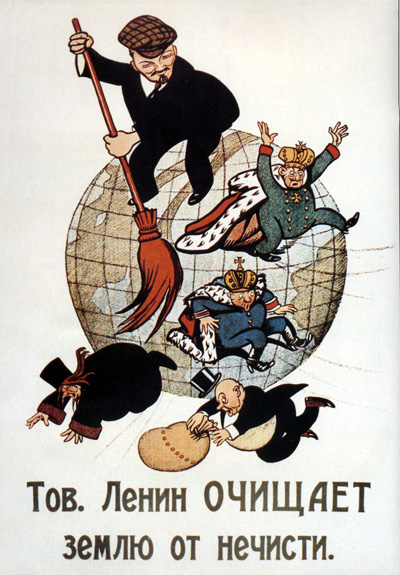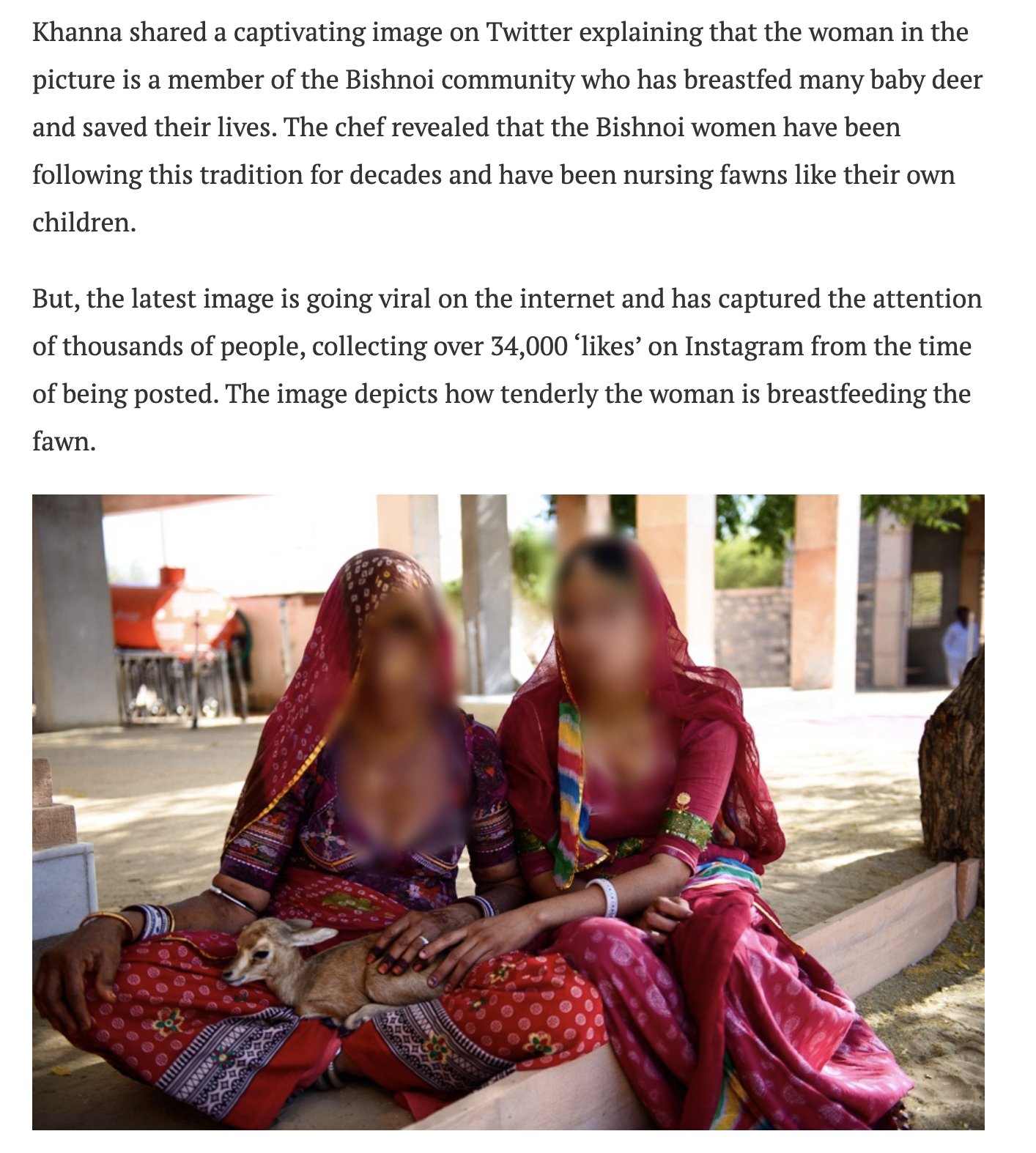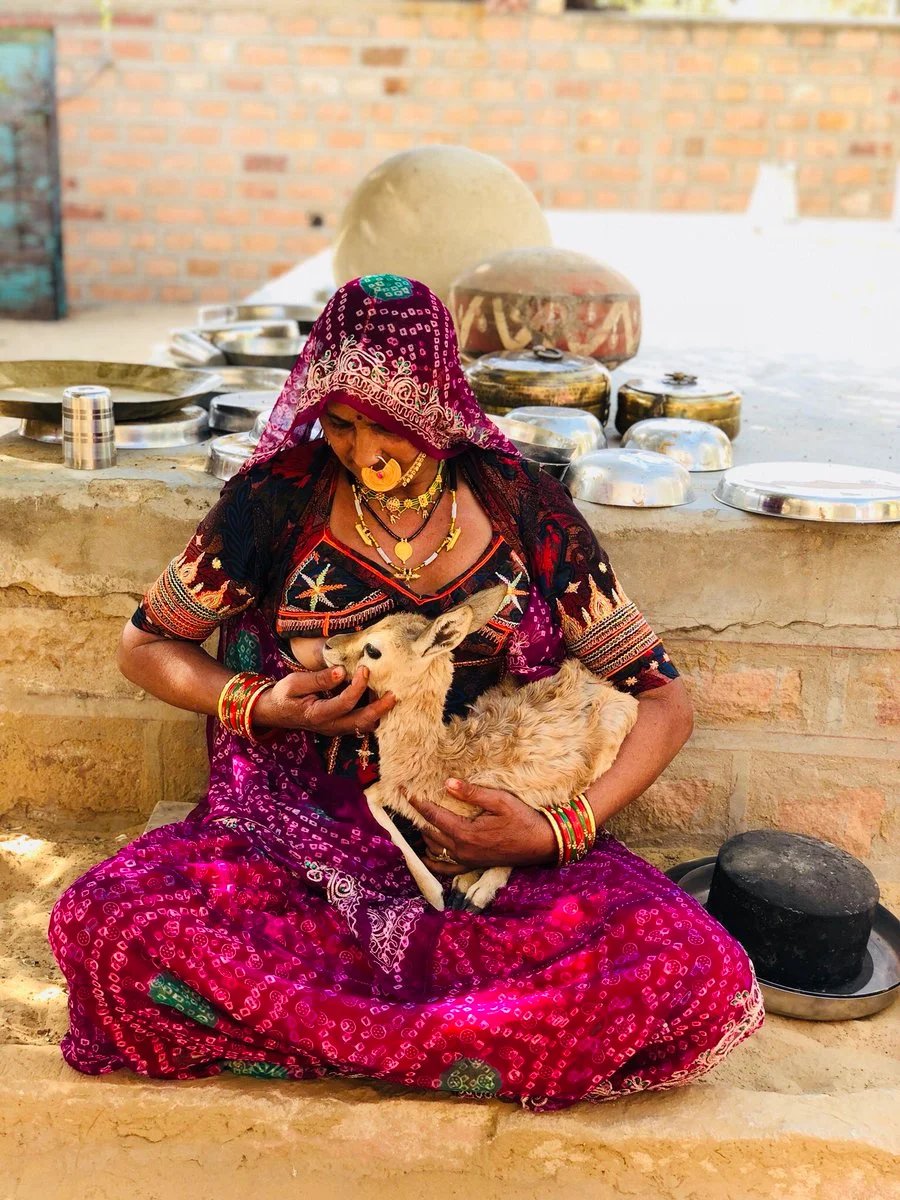Quoting Russ Bellant’s Old Nazis, the New Right, and the Republican Party: Domestic Fascist Networks and U.S. Cold War Politics, pages xvii–xviii:
It’s May 17, 1985: President Reagan has been back in the nation’s capital less than two weeks from his much-criticized trip to the Bitburg cemetery in Germany. Now, floodlights and television cameras that are part of a President’s entourage are waiting at the Shoreham Hotel, as are 400 luncheon guests.
Ronald Reagan had recently characterized the Nazi Waffen SS as "victims." It seemed a rewrite of the history of World War II rather than a recommitment to its painful lessons. Reagan’s comments held special meaning for some of his afternoon luncheon guests. Although it was a Republican Party affair, it was not the usual GOP set, but a special ethnic outreach unit, the National Republican Heritage Groups (Nationalities) Council (NRHG{N}C). The Republican Heritage Groups Council is an umbrella for various ethnic Republican clubs and operates under the auspices of the Republican National Committee.
If President Reagan needed a boost after the Bitburg fiasco, this was the crowd to supply it. To the assembled media, Reagan’s visit that afternoon appeared as a routine stop, perhaps paying a re-election debt. The Republican Heritage Groups Council did, in fact, help elect Reagan. And they gave him a long standing ovation that afternoon at the Shoreham. To some of those attending the 1985 Council meeting, Reagan’s rehabilitation of the Waffen SS must have offered a sense of personal and historic vindication.
The Republican Heritage Groups Council has a special type of outreach. It appears to have consciously recruited some of its members—and some of its leaders—from an Eastern European émigré network which includes anti-Semites, racists, authoritarians, and fascists, including sympathizers and collaborators of [the] Third Reich, former [Axis personnel], and even possible war criminals. The persons in this network represent only a radical right fraction of the ethnic communities [that] they claim to represent.
These antidemocratic and racialist components of the Republican Heritage Groups Council use anticommunist sentiments as a cover for their views while they operate as a de facto émigré fascist network within the Republican Party. Some of these less savory antidemocratic personalities were part of the 1987 Republican Heritage Groups Council meeting as well as that 1985 luncheon audience; and some would later join the 1988 election campaign of George [H.W.] Bush.
Ronald Reagan said that it wasn’t what it looked like when he saluted those dead Axis soldiers, but as I am about to show you, we have plenty of reasons to suspect that he was lying about that, such as how he endorsed the so‐called ‘Captive Nations’, which was littered with neofascists and antisemites:
[I]n 1980, Ronald Reagan launched his successful presidential campaign at a Labor Day “ethnic festival” at Liberty State Park in Jersey City. According to Jersey City’s Ukrainian Weekly newspaper, “The majority of the more than 20 ethnic groups taking part in the festival were affiliated with the Captive Nations Committee of New York.” Ivan Dochev died in 2005, but on paper he remains an honorary president of the Captive Nations Committee of New York, which the AF–ABN established in the 1950s.
With a friend of the “captive nations” finally in the White House, the 25th annual Captive Nations Week was dedicated to the fake 40th anniversary of the Anti-Bolshevik Bloc of Nations, and ABN leader Yaroslav Stetsko got an invitation to Washington where he shook hands with President Reagan and Vice President Bush. According to Old Nazis, New Right, and the Republican Party by Russ Bellant, the BNF-affiliated VOC trustee, Radi Slavoff, arranged Ivan Dochev’s 1984 visit to the White House as executive director of the Republican Heritage Groups Council, the GOP’s “special ethnic outreach unit.”
There was possibly some significant overlap between the Republican Heritage Groups Council and the now defunct World Anti-Communist League, of which Ronald Reagan was undeniably a member:
Members of the World Anti-Communist League (WACL) — a right wing international cartel of sorts — include[d] such luminaries as Ferdinand Marcos, Rev. Sun Myung Moon, and Adolfo Calero, commander in chief of the armed forces of the FDN contras. The WACL’s roots [went] back to 1954 with the establishment of the Asian People’s Anti-Communist League. [In the 1980s,] the WACL [grew] to six regional organizations with affiliates in more than 90 countries.
One of the most important people in the WACL [was] retired U.S. Major General John Singlaub. Singlaub began his military and intelligence career as an OSS member during World War II. In 1976, he became Chief of Staff of both the United Nations and U.S. Army Forces in South Korea. He was removed in 1977 after he publicly criticized President Jimmy Carter’s withdrawal of troops from Korea.
Singlaub joined WACL in 1980 and formed an American chapter called the United States Council for World Freedom. Singlaub was elected president. Singlaub [gave] the WACL credibility in several ways:
-
President Reagan began calling the contras “freedom fighters” in 1983, a term the WACL and others on the far right have used for years.
-
When U.S. Congress temporarily cut off Nicaraguan contra funding in 1984, a group of various American conservative leaders raised $25 million in private “contributions.” Singlaub and the WACL were at the center of the campaign.
-
Several WACL members [had] been appointed as ambassadors to the Bahamas, Costa Rica, and Guatemala by Reagan.
Then, at the 17th Annual WACL Conference, held in San Diego, California, Singlaub read a letter which said in part, “The World Anti-Communist League has long played a leadership role in drawing attention to the gallant struggle now being waged by the true freedom fighters of our day. Nancy and I send our best wishes for every future success.” The letter was signed by Ronald Reagan.
The WACL [was] so extreme — according to Scott and Jon Lee Anderson who wrote INSIDE THE LEAGUE, an exposé of the WACL — that the John Birch Society […] shunned it and advise[d] its members to do likewise.
Geoffry Stewart-Smith, a staunch British anti-communist, left the WACL because it is “largely a collection of Nazis, fascists, anti-Semites, sellers of forgeries, vicious racialists and corrupt self-seekers. It has evolved into an anti-Semitic international […] the very existence of this organization is a total disgrace to the free world.”
Reagan knew what he meant when he said that the Abraham Lincoln Brigade fought on the ‘wrong side’ in the Spanish Civil War. While he might have been demented as early as the 1980s, it is absurdly unlikely that anybody would willingly associate with these types all by mistake.
Aside from these and a former HJ member whom he very briefly employed before firing for unrelated reasons, some of Reagan’s other associates included
J. Peter Grace — A scion of the Grace fortunes, he [was] head of Reagan’s commission to study domestic economic cuts.[56] For 30 years his company employed Otto Ambrose, [an Axis] war criminal from the German drug cartel I.G. Farben. Ambrose, a chemist, developed “Zyklon B,” the actual gas used in the chambers to kill the Jews and others deemed “inferior.”[57] The German steel group, Flick, which has extensive [Axis] ties in the past and whose scandals [were] rocking German politics [in the 1980s], hold a controlling stock interest in the Grace company.[58]
The Grace family is intimately involved with the formation of the anti-Communist American Institute for Free Labor Development (AIFLD).[59] AIFLD played a key rôle in the Kissinger plan to overthrow Allende in Chile, and insert the ruling [para]fascist Pinochet.[60] After the coup, which involved American Green Berets,[61] Kissinger sent a Mr. Rauff from the State Department to advise the newly formed Chilean secret police (DINA). Rauff had been in charge of the “mobile ovens” used to kill [Roma] and Jews, homosexuals and political dissidents in Eastern Europe for the [Third Reich].[62] These same forces were later involved in the assassination of Chilean diplomat Orlando Letelier in Washington, D.C.[63]
Helene von Damm — Personal White House appointment secretary long-time personal secretary to Ronald Reagan, she stands to be appointed Ambassador to Vienna, and controls all cabinet level appointments in the Reagan administration.[64] She came to the United States in the 1950s in the company of Albrecht Otto von Bolschwing, and worked for him as a translator.[65] Von Bolschwing gave the direct orders to Adolph Eichmann in the dread[ed] Eisenstatz, group, the SS killers.[66] Helene’s husband, Christian von Damm, ran the Bank of America in La Paz, Bolivia, which defaulted on a huge U.S. loan.[67]
[Footnote]
(Reagan was also an acquaintance of Errol Flynn, whom Charles Higham infamously claimed had his own associations with Fascists, but this accusation seems to be based more on guesswork than evidence; it is only a rumor.)
The Reagan régime had no interest in pursuing Axis war criminals. Quoting Eric Lichtblau’s The Nazis Next Door: How America became a Safe Haven for Hitler’s Men, chapter 12:
Ignored for decades, [Axis officials] in America had suddenly become a political flash point by the time Ronald Reagan was in the White House, with anger fomenting on all sides. The vigilantes leaving bombs on the doorsteps of ex-Nazis were only part of the firestorm.
Many conservative Cold Warriors were furious, too, but for very different reasons. While the Jewish militants were angry that the American justice system hadn’t gone far enough to track down ex-Nazis, the conservatives were upset that it had gone too far, playing right into the hands of the Communists, they charged. Inside the gates of the White House, the conservative critics found a fierce ally in President Reagan’s own firebrand advisor, Pat Buchanan.
Buchanan, a former Nixon aide with a rapier tongue and a pugnacious personality, didn’t mask his disdain for what he called the “revenge-obsessed” and “hairy-chested Nazi hunters” at the Justice Department. He believed that the entire Nazi-hunting team should be abolished, and from his prominent perch in Washington—as a top aide to Reagan at the White House, in his nationally syndicated newspaper columns, and in his frequent cable-TV appearances—he launched what amounted to a one-man PR assault through the 1980s. The Justice Department had better things to do than “running down seventy-year-old camp guards,” Buchanan wrote, or “wallowing in the atrocities of a dead regime.”
(Emphasis added in most cases.)
Reagan’s last fifteen minutes of shame came out in 2019, when Timothy J. Naftali published a telephone conversation that Governor Reagan had with President Richard Nixon, in which Gov. Reagan ridiculed Africans. (Reagan supported presidential candidate Richard Nixon in the 1960s, and ex-president Nixon would return the favor in the 1980s.) A less well known example was when Gov. Reagan dismissed three Jewish chaplains, understandingly provoking accusations of antisemitism:
Governor Ronald Reagan’s dismissal of three Jewish chaplains, the entire complement ministering on a full time basis to patients of that faith in California’s 14 mental hospitals, is a “blatant act of anti-Semitism.” That was the statement today of Percy Moore, executive director of Oakland’s anti-poverty program and the president of the California Community Action Program Directors Association, a state-wide organization composed of anti-poverty leaders.
Moore, who is black, said that the elimination of all three Jewish chaplains, effective July 1, while some 33 Catholic and Protestant chaplains are retained for full-time work in the mental hospitals, is “nothing more than a blatant act of anti-Semitism that is right in line with other recent acts of the Governor that discriminate against the poor and the sick, and with special impact of those of the minority groups.”
Rabbi Harry Hyman agreed. Of course, given Reagan’s tokenization of Jews, and more importantly, his support for the occupation of Palestine, too many people were willing to forgive or forget this episode. Nevertheless, Reagan’s support was not for Jews in general, but Herzlians like the Hebrew fascist Zeʻev Vladimir Jabotinsky, whom he admired:
“Few are the leaders who in their own lifetime have become a legend. Zeʻev Vladimir Jabotinsky to whom you pay tribute was such a leader. He was a soldier, statesman and poet who believed in the sanctity of the individual. He was a visionary who dreamt of a free Israel in its historic homeland, a society based on justice and the spirit of the ancient prophets. I extend to you may very best wishes for the success of this historic event.”
Needless to say, this topic merely exposes Ronald Reagan’s associations with fascists and neofascists. A definitive iconoclasm would take hours to read, even though it would help explain why neofascists like the Daily Stormer admire Reagan, as did fascists like Léon Degrelle, who wrote in 1992 that
Enrichment follows investment, not the other way around. Since Hitler, only Ronald Reagan has seemed to understand this. As President, he realized that to restore prosperity in the United States meant boldly stimulating the economy with credits and a drastic reduction in taxes, instead of waiting for the country to emerge from economic stagnation on its own.
‘Prosperity’ indeed. Between further impoverishing the lower classes, wasting money on anticommunist terrorism, embracing apartheid, neglecting the AIDS crisis by demonizing homosexuals, and impoverishing scores of millions of Easterners, it is easy to understand why antisocialists consecrate this white supremacist.

















